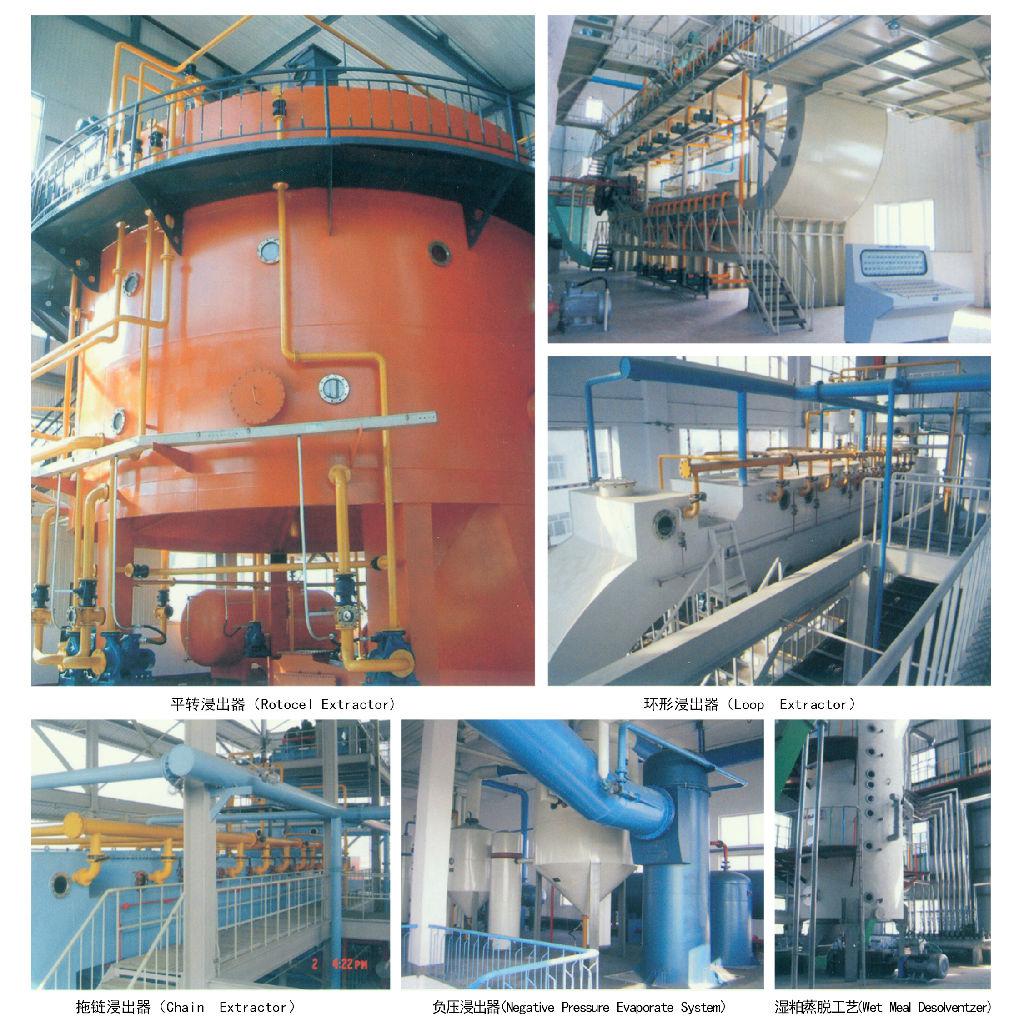There are two main methods for producing rice bran oil:
-
Pressing method
1) Cleaning and screening
Clean the rice bran to remove impurities such as dust, stones, rice husks, etc. Through screening equipment, ensure the purity of rice bran and provide a good raw material basis for subsequent processing.
2) Steaming and frying
Steam and fry the cleaned rice bran. The purpose of steaming and frying is to adjust the moisture and temperature of the rice bran so that it reaches a state suitable for rice bran oil pressing. During the steaming and frying process, the moisture content gradually decreases, and the plasticity of the rice bran increases, which is conducive to increasing the oil yield.
3) Pressing
Use a press to press the steamed and fried rice bran. During the rice bran oil pressing process, the oil in the rice bran is squeezed out by mechanical pressure. Pressing can be divided into cold pressing and hot pressing. Cold pressing is pressing at a lower temperature, which can retain more nutrients and flavor substances, but the oil yield is relatively low. Hot pressing is pressing at a higher temperature, with a higher oil yield, but some nutrients may be damaged to a certain extent.
4) Filtration
The crude oil squeezed out contains certain impurities and needs to be filtered. Through filtering equipment, solid impurities in the crude oil, such as cake residue, suspended matter, etc., are removed to improve the purity of the oil.
-
Extraction method
1) Pretreatment:
The rice bran is pretreated to remove impurities in the same way as the cleaning and screening steps of the pressing method.
2) Puffing
The pretreated rice bran is puffed. Puffing can destroy the cell structure of the rice bran and increase its surface area, which is conducive to the extraction of oil in the subsequent rice bran oil extraction process.
3) Extraction
The puffed rice bran is extracted with a solvent (usually n-hexane). The rice bran is mixed with a solvent to dissolve the oil in the solvent. After a period of soaking and stirring, the oil is fully dissolved in the solvent to form a mixed oil.
4) Evaporation and stripping
The mixed oil is evaporated and stripped to remove the solvent. First, the solvent is separated from the mixed oil by evaporation, and then the residual solvent is further removed by stripping to obtain the crude oil.
5) Refining
The crude oil obtained by the extraction method contains more impurities and undesirable components and needs to be refined. The refining process includes degumming, deacidification, decolorization, deodorization and other steps to improve the quality and stability of the oil.
Whether it is the pressing method or the extraction method, the rice bran oil produced needs to be further refined and packaged to become a commercial oil that meets national standards. At the same time, during the rice bran oil production process, the quality and hygiene standards of each link must be strictly controlled to ensure the safety and quality of rice bran oil.
Website: https://ricebranoilpress.com/
Email: info06@cnoilmachine.com

